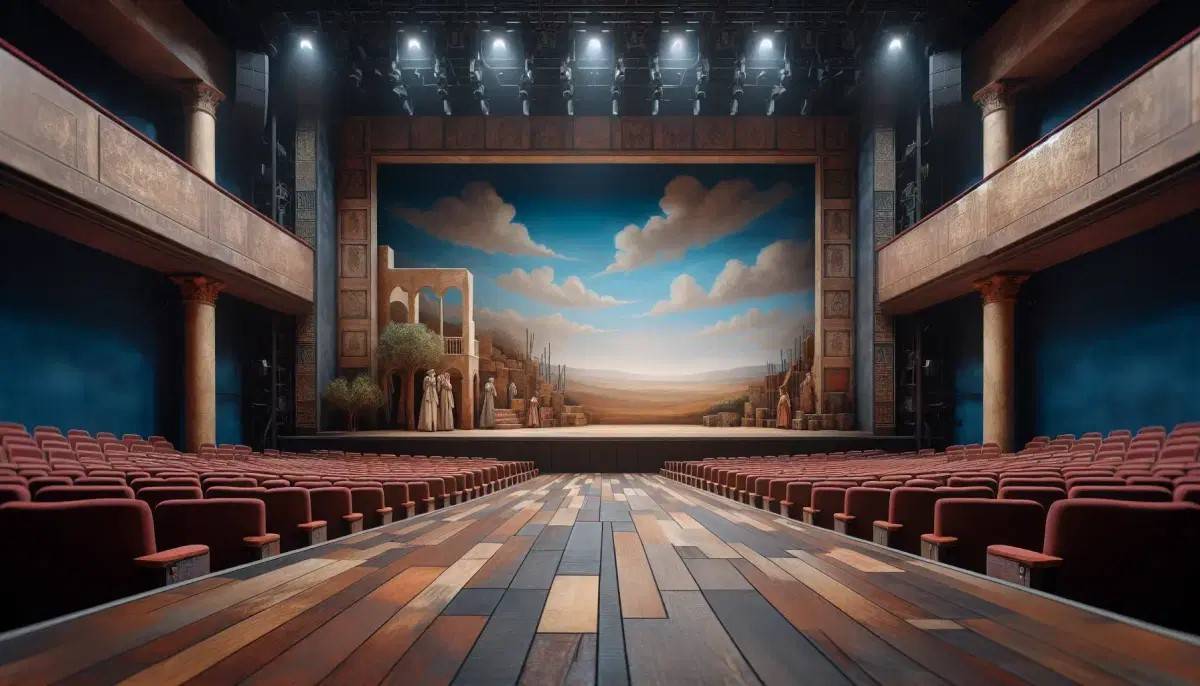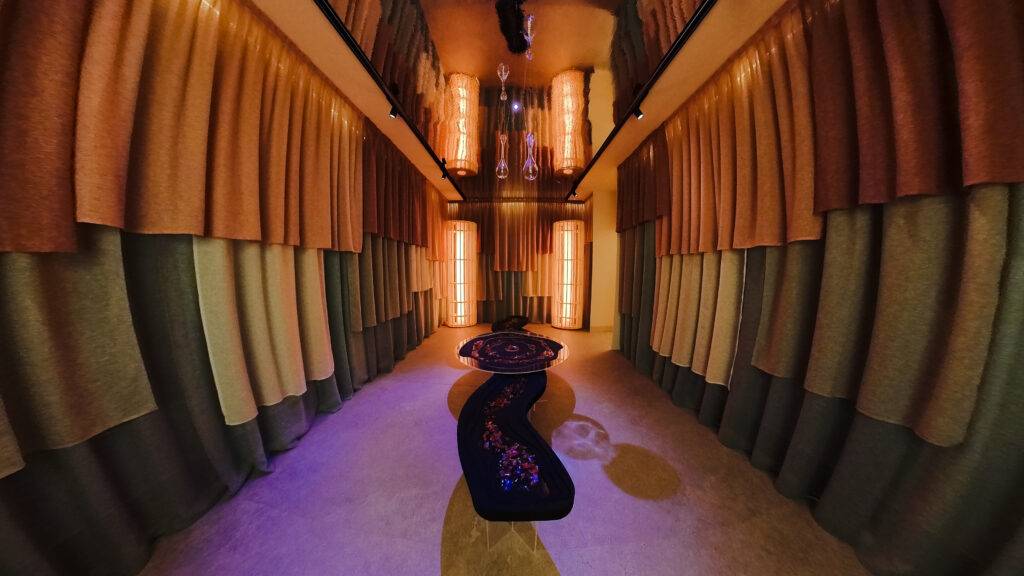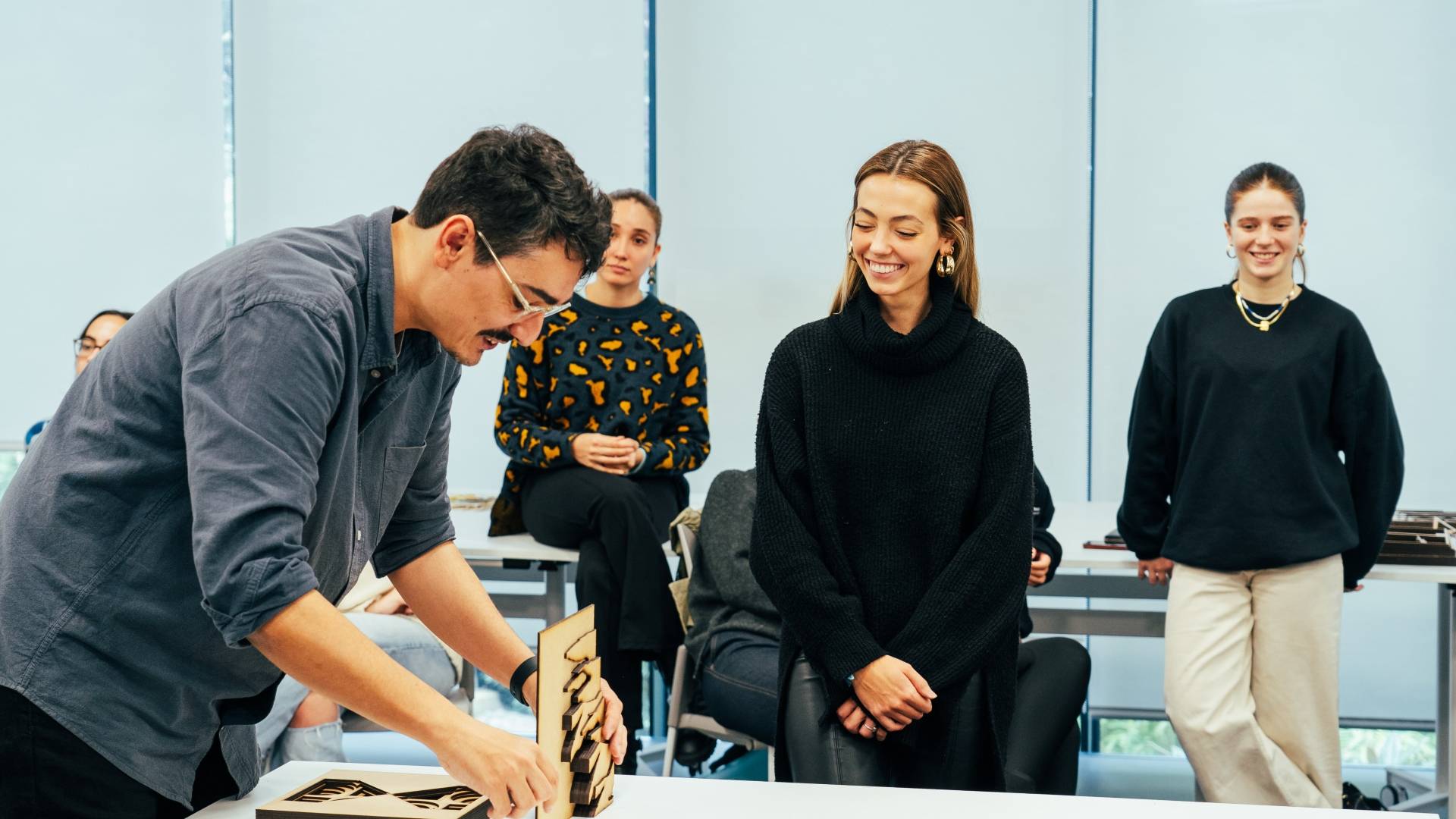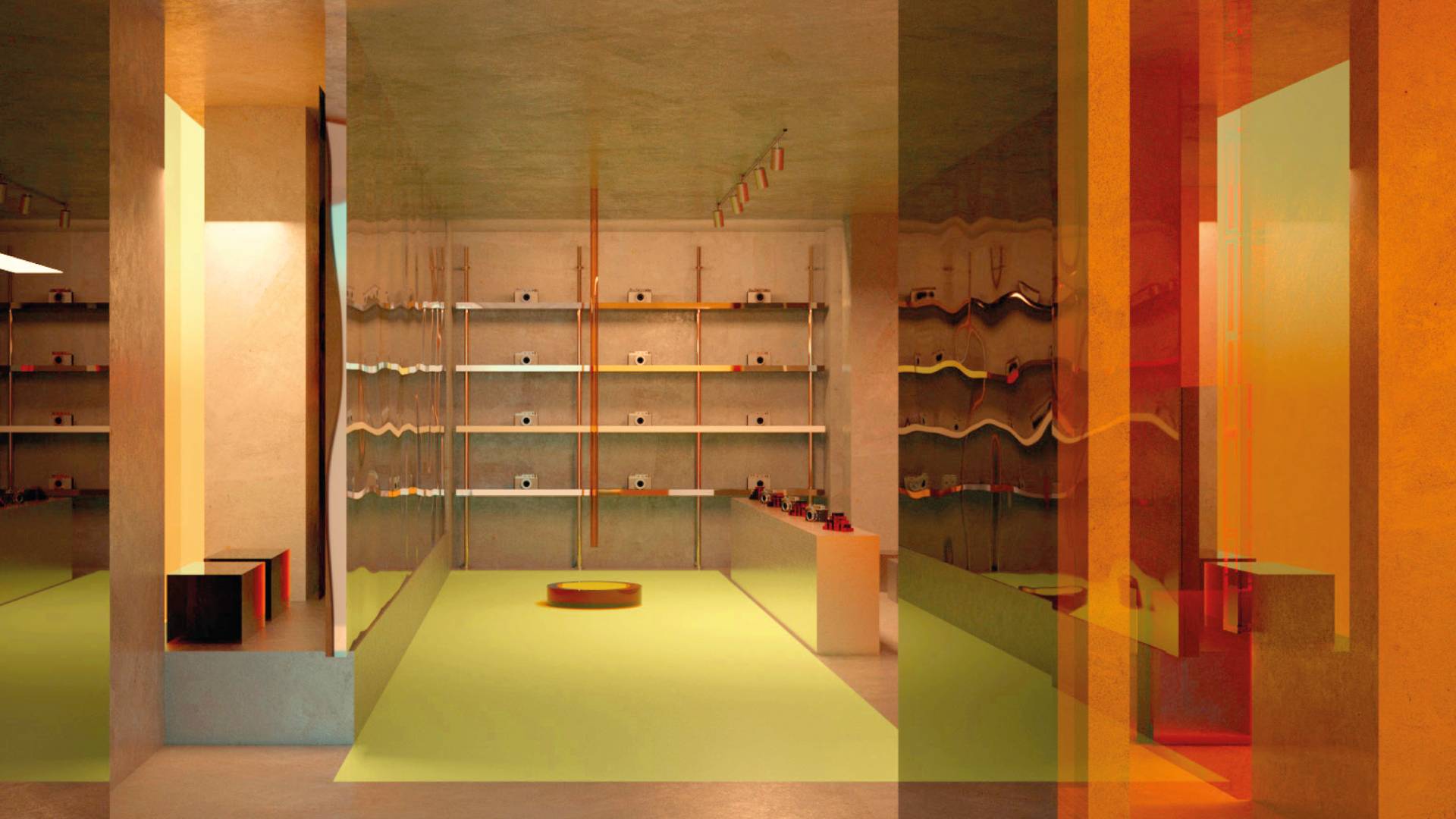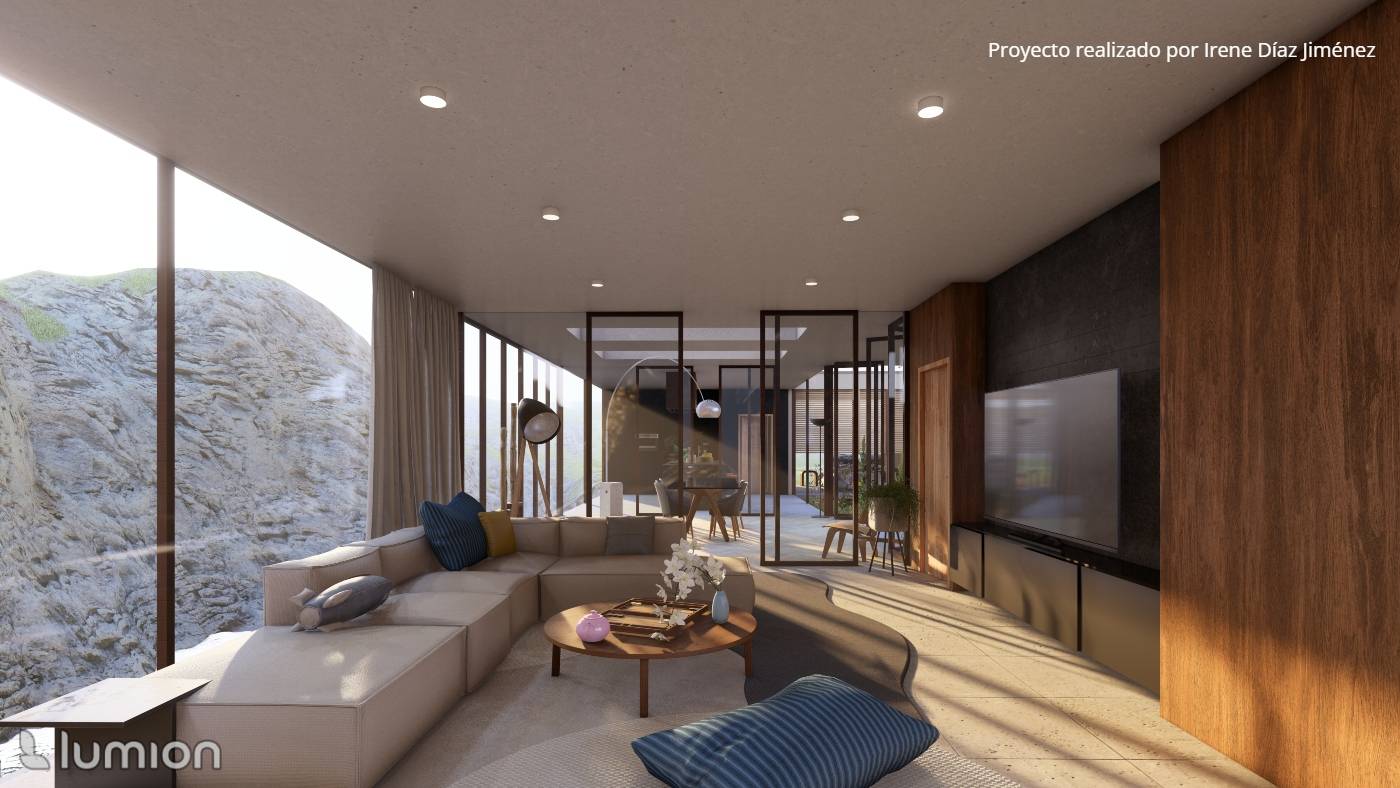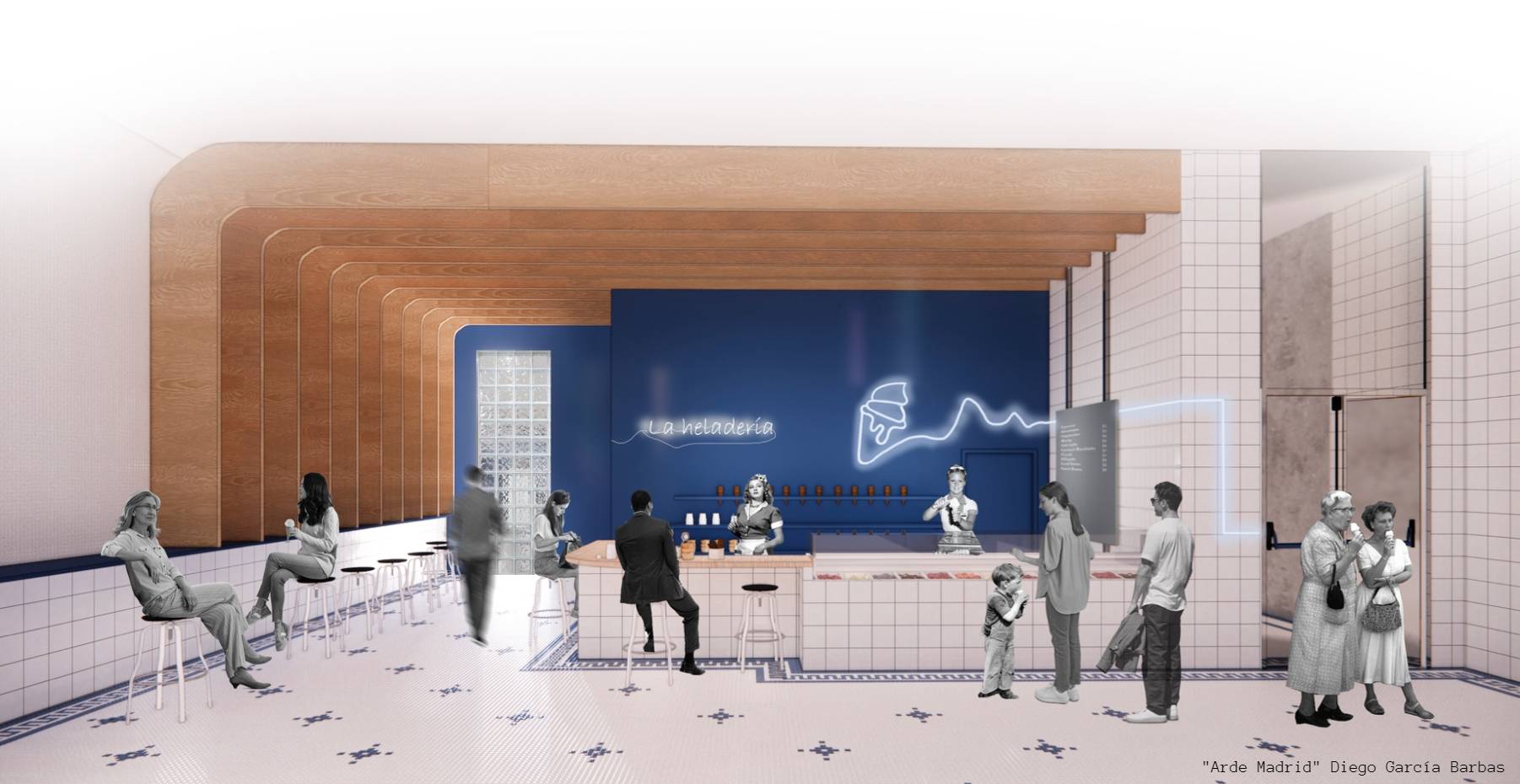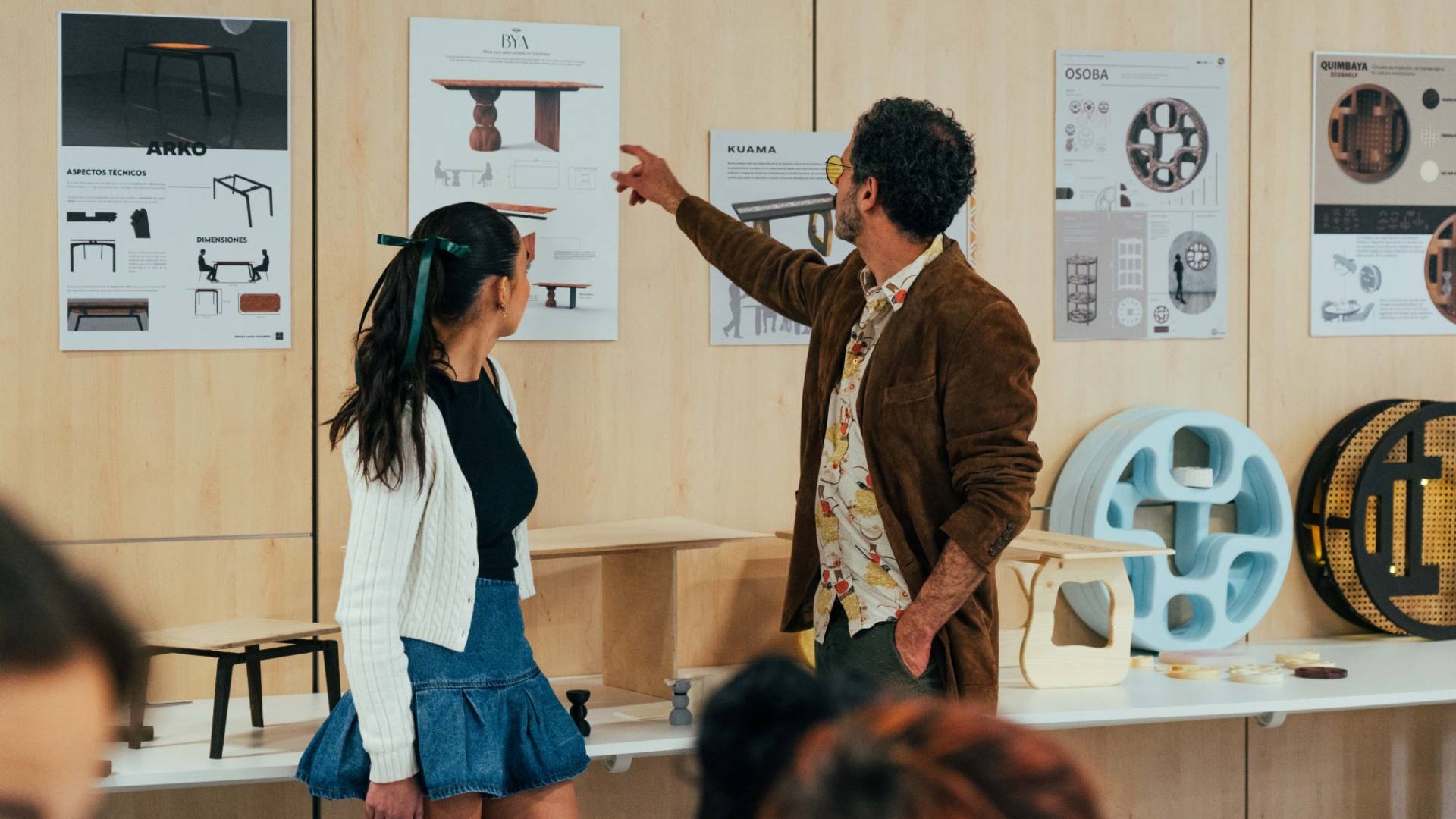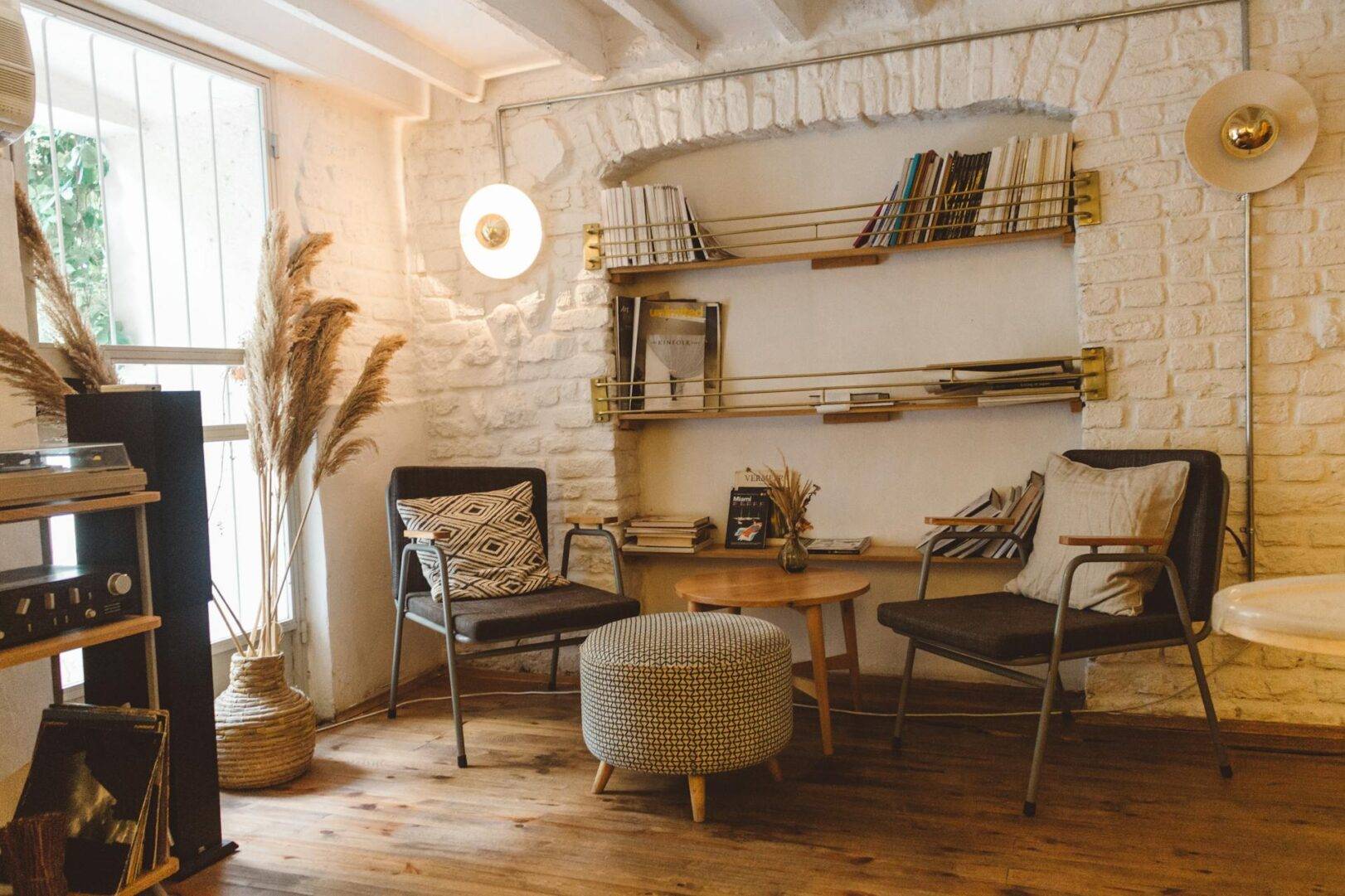What is scenography?
Set design is an interior design discipline that creates unique and visually striking spaces to represent stories, ideas or emotions in areas such as theatre, film, television, fashion and live events. More than just decorative, set design transforms an empty space into a meaningful place that stimulates the audience and supports the narrative. In this article we will explain what a set designer's job is, the tools and skills needed to excel in this area and the importance of set design in creating immersive experiences.
what is set design?
Set design is the art and technique of designing and organising the physical spaces where stories take place. Its main function is to enhance the visual narrative and contribute to the setting of a specific context in stage, film or television productions, as well as in events and shows. Through the choice and arrangement of elements such as sets, props, lighting and colour, scenography gives life and credibility to any environment, transporting the audience to other places and times.
Set design adapts to the message and style of each play. It can range from a minimalist design, where only essential elements of the environment are hinted at, to highly detailed spaces, where every object fulfils a narrative function.
What skills are essential for a set designer?
Working in set design requires specific knowledge and skills, as it is not only about building sets, but also about applying design elements to create an atmosphere consistent with the story and visual style of the production. Here are some essential skills to excel in this field:
1. Creativity and storytelling ability.
The set designer must have a creative vision and a keen eye for storytelling through setting. The ability to visually capture abstract concepts or convey emotions with space is essential.
2. Technical knowledge
Mastering technical aspects is essential for any set designer. Knowledge of construction techniques, lighting, materials and 3D technology is necessary to create practical and functional set designs. Every space has unique challenges, from the size of a set to mobility needs to special effects, so the ability to solve technical problems is a highly valued skill.
3. Ability to work as part of a team
Set design is just one part of a larger project, and the set designer works closely with directors, costume designers, producers and other crew members. Communication skills and the ability to adapt to teamwork are essential for the project to run smoothly and efficiently.
4. Proficiency in digital design tools
Today, set designers use 3D modelling and design software such as SketchUp, AutoCAD and rendering tools to visualise and plan their ideas. In addition to allowing them to experiment with different concepts, these programmes facilitate the creation of digital mock-ups, which are useful for presenting proposals to the production team.
Fields of work in set design
Scenography is not limited to theatre; in fact, its application extends to many sectors, offering multiple job opportunities. Here are some of the main sectors in which set designers can develop their careers:
1. Theatre and opera
Theatre and opera are, historically, the most traditional areas of set design. Here, the set designer designs and organises the visual elements of the stage, from scenery to props, ensuring that every detail reinforces the narrative and helps the audience become immersed in the story. In theatre, each scene is seen in real time by the audience, so accuracy and visual impact are crucial.
2. Film and television
Set design in film and television goes one step further, as every detail is captured and recorded by the camera. This requires a meticulous approach to the design and set-up of each scene to ensure that angles, lighting and framing are visually striking. In addition, in audiovisual production, sets can be built in studios or on location, depending on the needs of the script and production.
3. Events and live shows
Set design is also essential for live events such as concerts, exhibitions, fashion shows, and award ceremonies. In these types of events, set design not only sets the scene, but also contributes to creating a memorable experience for the audience, transforming an ordinary event into a high-impact spectacle.
4. Advertising production
Advertising productions often require specific sets that reinforce the brand message. A set designer can work on the creation of advertising sets that highlight the aesthetics of the product and the brand identity.
5. Exhibition space design and museography
In exhibition spaces and museums, set design is used to organise and structure the presentation of collections or temporary exhibitions. Here, the scenographer collaborates with designers to create routes that allow the public to understand and enjoy the works in a deeper and more meaningful way.
The importance of scenography in the design of spaces
Set design has a major influence on how we perceive and experience spaces. This impact is reflected in three key aspects:
1. Immersion of the viewer
A well-designed set design can immerse the viewer in a particular atmosphere and make them feel part of the story. The choice of materials, colours and textures helps to create environments that arouse emotions in the audience and reinforce the visual narrative of each scene.
2. Identity and differentiation
Set design helps define the visual identity of a play, film or event. Every detail of the setting influences how the message, brand or story is perceived, differentiating it from others and making it memorable. In a film production, for example, the set design can create a distinctive stamp that reinforces the visual and narrative identity of the film.
3. Supporting narrative and characterisation
Set design supports the narrative of the production by providing a physical context for the story and characters. A well-designed space allows the audience to better understand the setting and circumstances of the story, helping to build a stronger and more coherent narrative.
Getting started in set design
If you have an interest in set design, you can start with an academic background in interior design, set design or architecture, as these studies offer a solid grounding in design theory, aesthetics and construction techniques.
At UDIT, for example, we have a Degree in Interior Design where you will learn to develop an interior design project from conceptualisation to execution and materialisation. The syllabus is based on training based on real projects and focused on employment. In addition, we also offer the Master's Degree in Interior Design,where you can reorient your professional career towards this discipline with an official and professionalising training, oriented towards the development of a portfolio and contact with the industry.
Our University is the benchmark in Interior Design training, with more than ten years preparing professionals for the world of work. This allows us to be part of the sector by participating in events, workshops and prestigious competitions.
We have been participating in the largest interior design exhibition in our country, CASA DECOR , for more than 9 editions .
Do you want to know about Ágora, the project for CASA DECOR 2024?
It is also important to gain practical experience working on amateur or university-driven projects, as these experiences will allow you to develop your ability to transform ideas into physical spaces and learn to collaborate with other professionals in the industry.
At the same time, it is essential that you develop a portfolio of projects, where you can showcase your skills and styles in different types of production. This portfolio is essential for potential employers or collaborators to get to know your style, experience and creativity. At UDIT, from the first course you will begin to develop it so that at the end of the university degree in interior design or the master's degree in interior design you will have a sample of what you are capable of developing.
More about the course
How do you create a video game?

